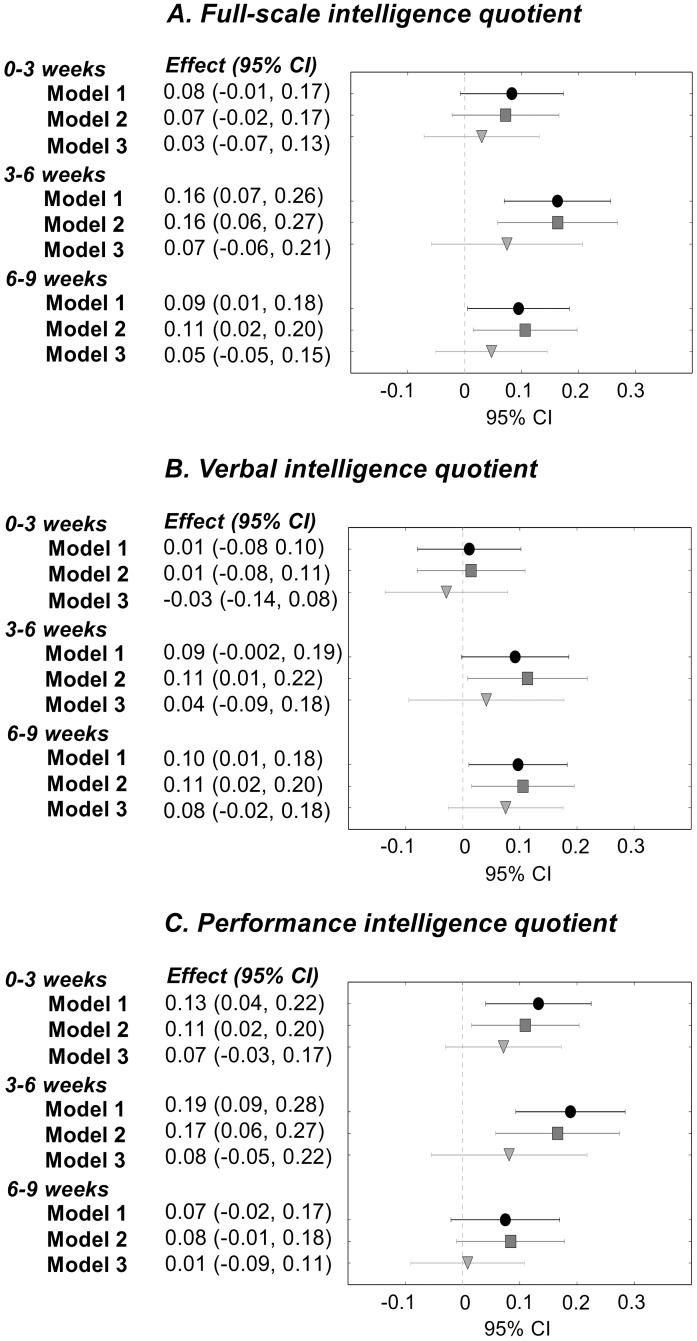Fig 2. Energy intake from human milk from birth to 3 weeks, 3 to 6 weeks, and 6 to 9 weeks of age, and full-scale, verbal and performance intelligence quotient in young adulthood, among individuals born with very low birth weight (<1500 grams).a.
Model I: adjusted for gestational age, sex, birth weight standard deviation score, and age at follow-up. Model II: adjusted for Model I factors, parental education, maternal smoking during pregnancy, and preeclampsia. Model III: adjusted for Model I factors and neonatal complications, including septicemia, bronchopulmonary dysplasia, patent ductus arteriosus, blood exchange transfusion, duration of ventilator treatment, and intraventricular hemorrhage. a The number of participants in each analysis varied according to data availability. At 0–3 weeks, 83 participants; at 3–6 weeks, 78 participants; and at 6–9 weeks, 75 participants had data available on human milk intake and were included in the analyses (Model 1–2). In Model 3, we had to further exclude two people because of missing data on neonatal complications. Abbreviations: CI: confidence interval; Effect: change in full-scale, verbal, and performance intelligence quotient scores, in SD units, for each 10kcal/kg/day increase in energy intake from human milk.

